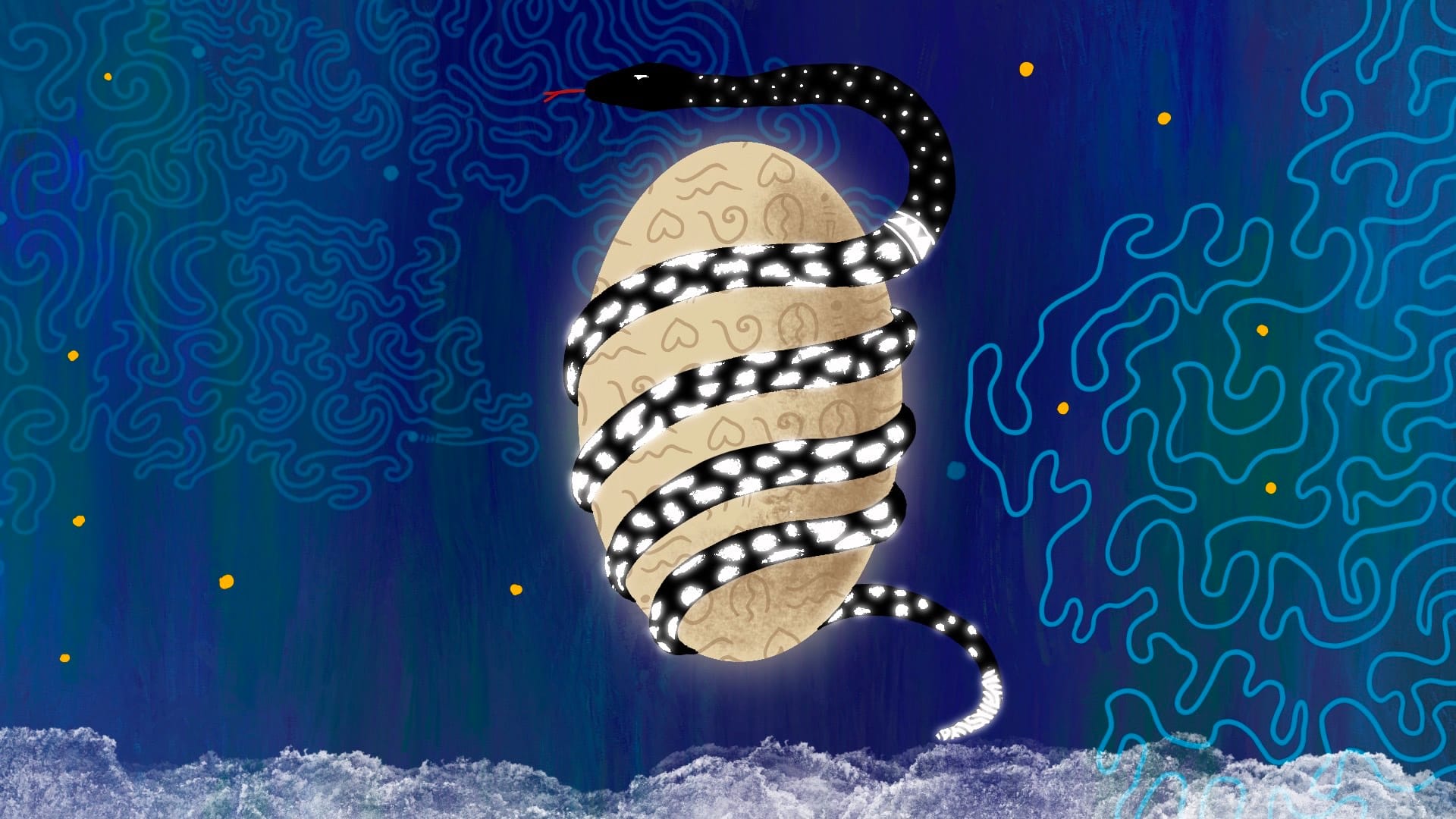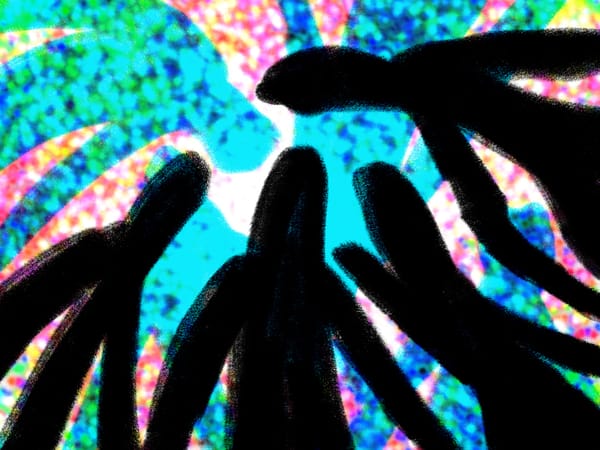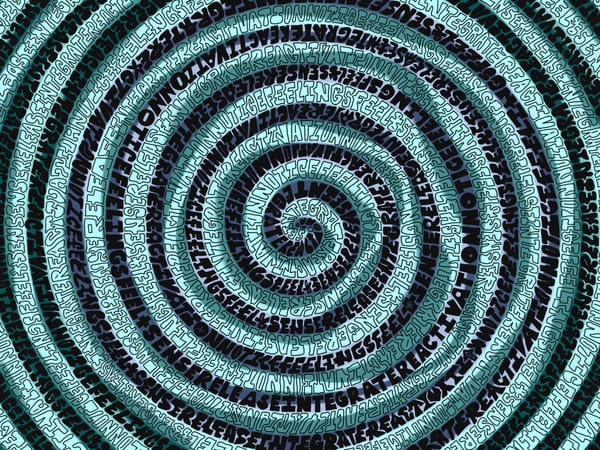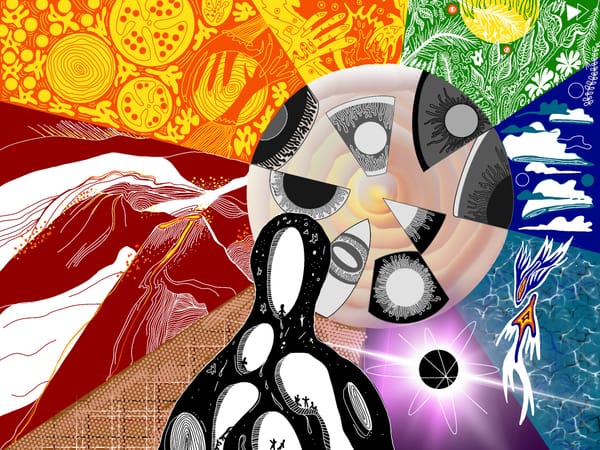Trauma & Conflict

By: Zainab Amadahy
Hurt people hurt people.
It’s not the end of the story, of course, but it seems to be a Universal truth, from the interpersonal to the institutional to the global. Likewise true is the less-used adage, “healing people heal people”. But let us start at the foundational cycle.
Trauma and conflict are deeply intertwined in a causal relationship with each other. We see this clearly in instances of family violence. We know that the children of abusers and the abused are at higher risk than others in society to become either the perpetrators or victims of abuse. Sometimes they are both, playing different roles in different relationships: perpetrator at home and victim in the workplace, or victim at home and bully at school, for example.
Trauma also plays a role in violence at the collective level, within, between, and among organizations, communities, nation-states, etc. For instance, every war currently being waged on planet Earth has origins that go back for generations, in some cases thousands of years. This is evidence of multigenerational / inherited trauma bequeathed over and over again, threatening to curse future generations. It’s now well understood how historical traumas, such as systemic racism or oppression, can create deep-seated social divisions and fuel ongoing conflicts.
Intergenerational/ancestral trauma is relevant to both individuals and groups, where the transmission of the effects of trauma from one generation to the next can occur. This can happen through epigenetics, where a traumatizing experience alters gene expression and can be passed to offspring. Trauma also impacts parenting styles and can traumatize children who grow up to have difficulty forming emotional bonds with others. Attachment Theory demonstrates this very clearly. Vicarious ancestral trauma, which occurs through witnessing or learning about someone else’s trauma, can happen, for instance, when older generations pass down stories of their traumatizing experiences to younger generations. Or when films, books, news media, and other resources tell stories of horrific historical events.
It has been well demonstrated that, if they have access to the right supports, abusers and the abuse can heal and stop recycling acts of interpersonal and intergenerational violence. If individuals have that capacity, there doesn’t seem to be any reason why communities and nation-states can’t stop the violence and trauma of war, repression, and systemic inequality. It can happen one person at a time, and everyone who heals is a role model for the next.
Yet many of us seem to accept the premise that war and other forms of collective violence are inevitable. Worse, we tend to believe that war and acts of violence can solve global problems. I would argue we have yet to see any evidence of that point. Although there is plenty of evidence that the trauma of war and violent conflict creates more of the same. But I digress.
As a storyteller, I was taught that the most interesting fictional characters face and eventually overcome their challenges by confronting past wounds. Until that happens, the character is overwhelmed, frustrated, and defeated by the antagonist, over and over. Their past wounds define them and inform their inadequacies, false beliefs, mistakes, and harmful behaviours. Once a character confronts their core wound, they gain a new insight into their problem. That insight allows them to transform in some way and solve the story’s central conflict. Character development that mirrors the healing journey is often found in literary narratives.
This dynamic is easy to see in a story, but as characters in our life journeys, we are often unaware of how our reactions to various events are informed by our childhood traumas or intergenerational wounds. We are largely unconscious of how our boss reminds us of the school bully, a teasing friend snaps us back to the moment a teacher humiliated us, or the rejection of a romantic interest evokes the sense of abandonment we felt when mom dropped us off with the sitter for the day. And if these mildly uncomfortable memories can summon up subconscious reactions to today’s life events, imagine what your serious traumas are capable of.
Of course, you don’t have to imagine because you’re living it. What you may need to do is bring more awareness to your reactions to difficult life events and feel what you’ve been repressing for so many years.
Unresolved trauma, regardless of its source, can lead to a host of relational challenges, including difficulties identifying, managing, and expressing emotions later in life. Traumatized folks tend to repress, ignore, and deny their difficult feelings. They further tend to avoid situations they think will activate uncomfortable memories and related emotions. Hence, they avoid people, events, and activities that might provoke tension, disagreement, or conflict in a relationship.
Hypervigilance is another characteristic of those with unhealed trauma, meaning they find it hard to trust in relationships or feel safe in various situations. They overreact as much to real perils as to imagined threats and minor disagreements. Such reactions are rarely helpful responses to events happening in the moment. They are subconscious, habitual responses employed by the brain to keep the person safe – or at least feeling safe. Paradoxically, such behaviours heighten the potential for conflict and tension in all forms of relationships.
Exploring some of the conflicts in which you’ve been involved can help you identify how one or more of your traumas may have played a role.
If you were to heal some of your most painful traumas, how do you imagine that might impact your ability to prevent, manage, and transform conflicts that arise in your relationships?



